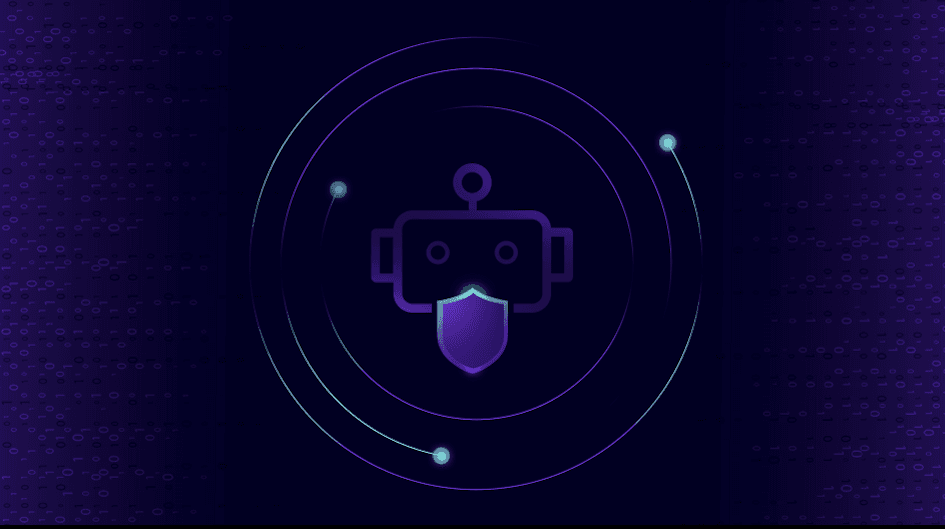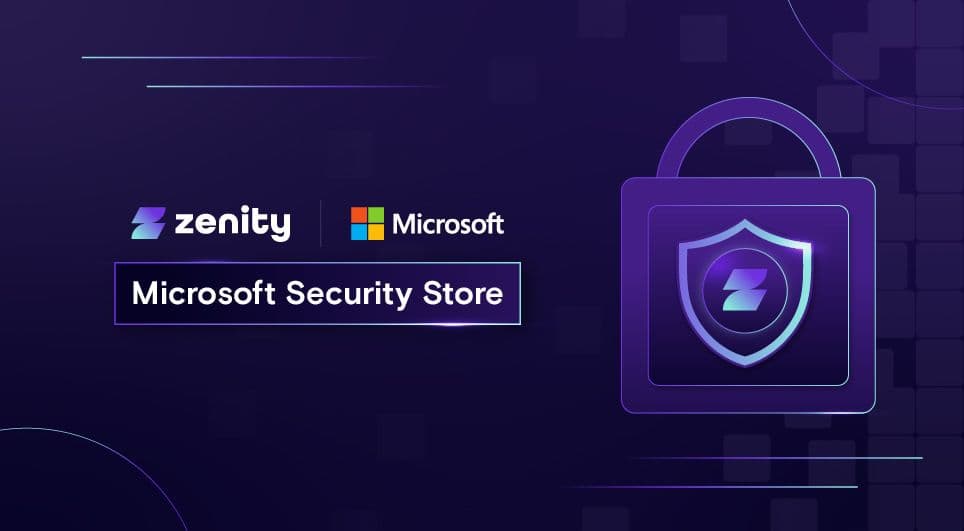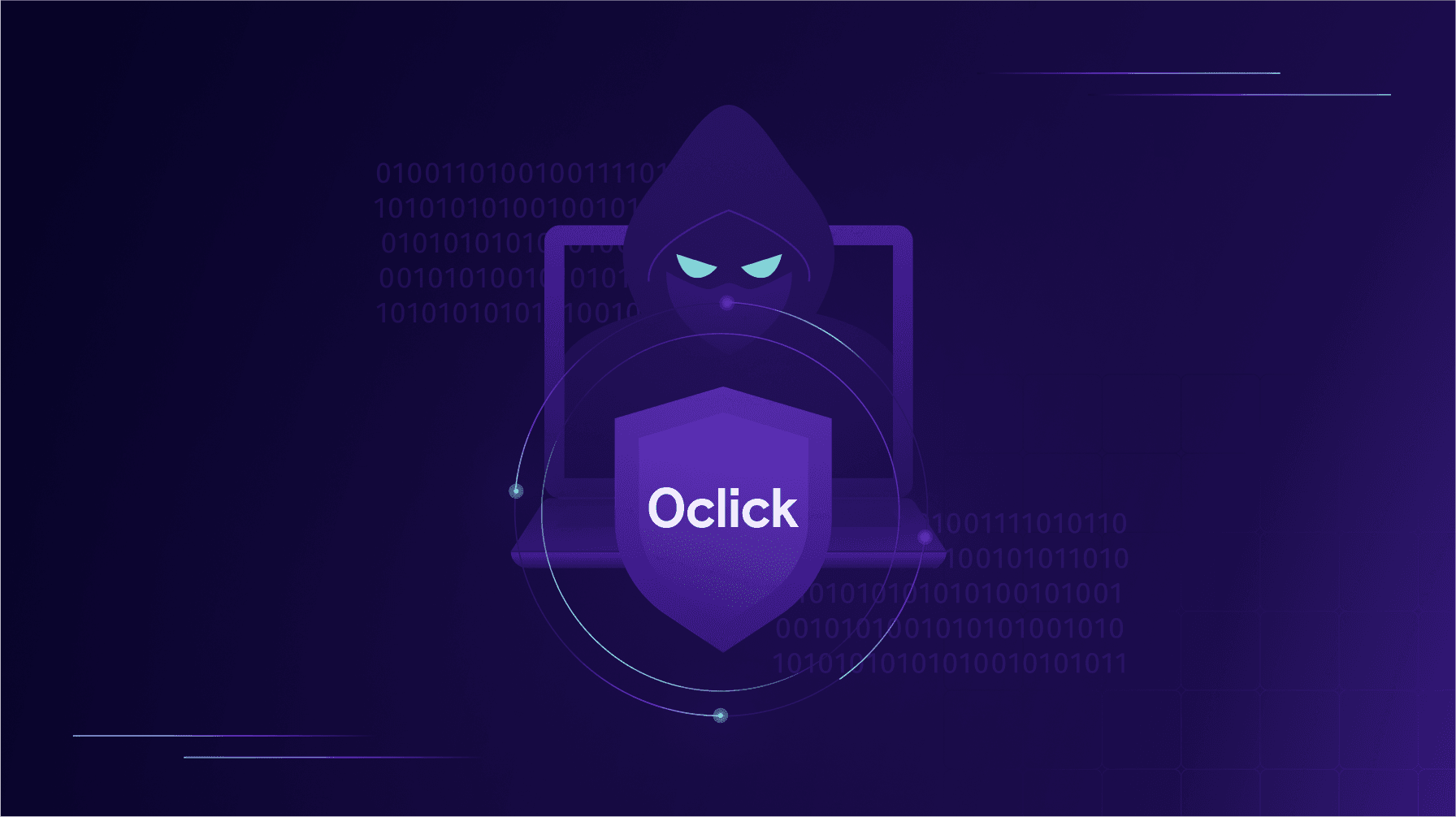Preventing Data Breaches in User-Developed AI Applications on Low-Code Platforms

As more and more companies adopt low-code platforms and launch AI applications, the need for proper data security has never been greater. While it’s true that low-code platforms give users the freedom to develop powerful AI solutions with minimal programming knowledge or experience, this same level of flexibility also inadvertently exposes applications to potential data breaches. Putting proper security protocols in place to secure private information and build user trust is a crucial step in preventing these types of breaches.
In this article, we’ll take a closer look at how companies can prevent data breaches in user-developed AI applications on low-code platforms. Using a combination of secure data integration, sensible access controls and data protection compliance, developers can give their AI applications 360-degree protection against potential threats. Let’s take a closer look at how to fortify and prevent these breaches.
How Data Security Works in Low-Code and AI Applications
The first step to understanding the basics when it comes to data security in low-code AI applications is knowing the kinds of unique vulnerabilities present in these types of platforms. In traditional coding environments, developers need to write extensive amounts of code in languages like Python, Java or C++.This meticulous approach gives them greater control over the application’s behavior while also giving them the freedom to further customize and optimize the program. As such, developers need to have detailed knowledge of everything from programming algorithms to system architecture and data structures.
In contrast, low-code platforms significantly reduce the need to code manually by presenting everything in a more visual development environment. Features like drag-and-drop interfaces, pre-made templates and reusable code shorten the development process while making the application creation process more accessible for everyone.
Oftentimes, this means going back to the proverbial drawing board with basic data security measures like encryption, authorization and authentication. Beyond the basics, citizen developers must also understand the specific security features and configurations available to them. This includes a deeper understanding of how the platform works with third-party systems, how it complies with data protection regulations like the GDPR and CCPA and much more.
Best Practices for Secure Data Integration in Low-Code Platforms
Secure data integration as part of low-code platforms means taking steps to protect sensitive information at every step. This includes:
Encrypting Data Traveling Between Systems
With protocols like HTTPS or TLS, developers can prevent unauthorized access or interception of sensitive data. Data at rest should use strong encryption algorithms so that even if the physical storage is compromised, the data will still be protected. Low-code platforms provide built-in encryption tools, but it’s up to developers to verify that they’re configured correctly.
Proper Authentication and Authorization
Authentication verifies the user’s identity while working with the data, while authorization determines what level of access they have. Adding in an extra layer of security through MFA (Multi-Factor Authentication) and including Role-Based Access Control (RBAC) helps further solidify access by making sure that users only have access to the data necessary for their role.
Ongoing Security Assessments and Updates
Preventing data breaches and bolstering security of AI apps in low-code environments is not a “once and done” task. New threats and vulnerabilities are always being discovered. By continuously monitoring the platform and conducting vulnerability scans and penetration testing, new threats can be responded to quickly before they proliferate exponentially.
Implementing Proper Access Controls for User-Developed AI Solutions
RBAC and MFA offer considerable protection against threats, but they are not foolproof. Other strategies include FGAC or Fine-Grained Access Control. This process works similarly to RBAC but rather than being divided by role, this more granular process gives users access based on specific permission settings such as individual data fields, specific data records or certain application functions.
Another option involves the use of the Principle of Least Privilege. This involves giving users the minimal access level needed to do their tasks. Regularly reviewing permissions and adjusting them as necessary helps prevent additional attack vectors from compromising data security. These options, together with commonsense measures like terminating concurrent sessions, automatically logging users out after a set amount of inactivity and advanced logging of user activities can help significantly strengthen security of AI applications on low-code platforms.
Monitor and Secure AI, Low-Code and Now-Code Development with Zenity
As the world’s first platform focused on security in AI, low-code and no-code development environments, Zenity is uniquely positioned to help both veteran and citizen developers protect and prevent data breaches and other security missteps through a combination of proper security protocols and intelligent governance.
Zenity makes this possible through a multi-pronged approach that includes:
Citizen Development Application Protection Platform (CDAPP) – Ongoing scanning of AI-based, low-code and no-code environments with risk and vulnerability assessment for each individual application, all presented in a visual chart that’s easy to understand.
App Security Posture Management (ASPM) – Easily identify apps that interact with sensitive data while implementing the Principle of Least Privilege to ensure that apps are only used and shared by authorized users. Provides a centralized hub of all apps created across different platforms.
AI Security Posture Management (AISPM) – Continuous scanning to find user-built bots that use GenI, and uncover which plugins are used in order to extend to enterprise copilots including those which interact with sensitive data. Includes policies and playbooks to guide organizations on who can develop what, and how, within AI copilots and other low-code/no-code platforms
Vulnerability Management – Scan each individual app, automation and copilot for risk and map out vulnerabilities to popular security frameworks. Identifies common app vulnerabilities like user impersonation, data leakage, credentials sharing and more.
Secrets Scanning – Identify hard-coded credentials baked into the applications as they’re built. Includes policies to help prevent malicious or unauthorized use.
Software Composition Analysis – Identifies all third-party components used across each individual app, automation and copilot. Offers a detailed analysis of third party dependencies and SBOM for both professional and citizen-developed applications and AI copilots.
Data Security Posture Management (DSPM) – Allows individuals to instantly analyze flows to see which information is being taken outside of the corporate environment and into personal accounts or sending to external users. Provides guidelines that prevent apps and automations from being built that could leak data. Offers the ability to identify and organize data that each individual app, automation and copilot interacts with, while tagging information that is labeled as sensitive.
Ready to learn more? Visit Zenity.io to book a demo now and learn how our one-of-a-kind solution helps protect against and prevent data breaches across AI applications and low-code platforms.
Read More: Securing AI-Enhanced Applications: Zenity’s Role in Low-Code/No-Code Development
Read More: Advanced Threat Protection for Apps Built Using AI
Read More: Using AI to Build Apps & Automations: Top Cybersecurity Concerns
Related blog posts

Demystifying AI Agent Security
Let me be the first to say it, this space - AI agent security and governance - can be confusing. When I joined...

Zenity Joins the Microsoft Security Store: Securing AI Agents Everywhere, Together
We’re thrilled to share that Zenity is included in the unveiling of the Microsoft Security Store Partner Ecosystem....

0Click Attacks: When TTPs Resurface Across Platforms
If there’s one lesson security teams should take from recent disclosures, it’s this: AI agent attack techniques...
Secure Your Agents
We’d love to chat with you about how your team can secure and govern AI Agents everywhere.
Get a Demo